The forests and wetlands are not silent at night. In addition to the "cooing" of owls, there are many unknown birds that play their own nocturnes under the moonlight. From nightingales, mockingbirds to American nighthawks and night herons, their songs are either ethereal or mournful, adding mystery and poetry to the night.
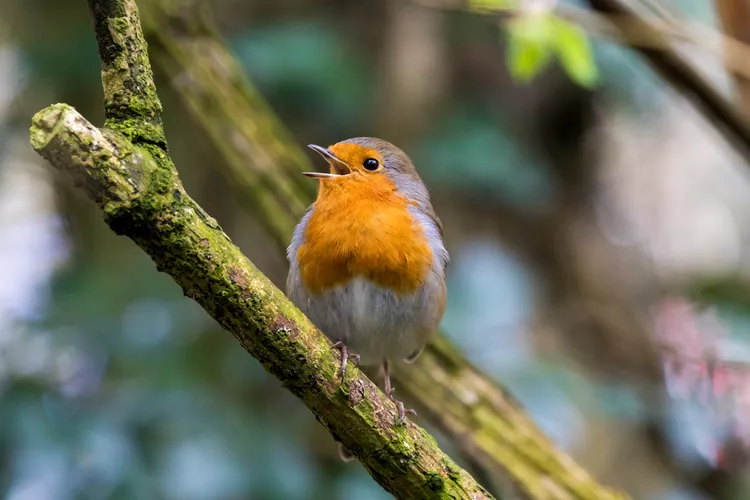
These nocturnal birds are often hard to find, but their songs are distant and moving. Understanding their sounds not only helps to identify birds, but also inspires our awareness of protecting bird habitats.
1. Northern Mockingbird
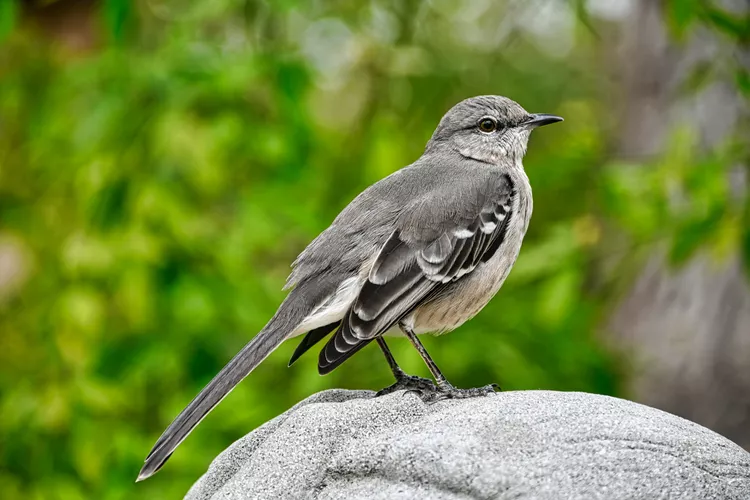
The Northern Mockingbird (scientific name: Mimus polyglottos) is a master of mimicry. It can not only imitate the calls of other birds, such as jays, orioles, and eagles, but also imitate the calls of frogs, the creaking of doors, and car alarms. It can learn more than 200 "repertoires" in its lifetime.
Although they are not strictly nocturnal, during the spring and summer breeding season, especially on full-moon nights, unpaired males may sing day and night in an effort to attract a mate. They often sing in a conspicuous position, and their long tails and white wing patches make them easy to identify.
2. Common Nightingale
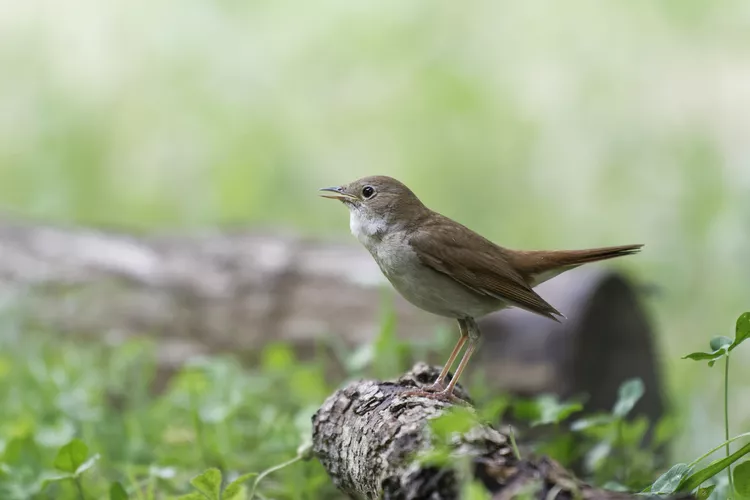
The song of the nightingale (Luscinia megarhynchos) is as elegant as a flute, with varied and layered melodies. The species is widespread in North Africa, Europe, the Middle East and Central Asia, breeding between April and July before migrating to tropical Africa for the winter.
The shy nightingale sings from hiding in bushes, singing a repertoire of more than 200 songs to attract females. Although Britain was once an important habitat for the bird, its numbers fell by 53% between 1995 and 2008, mainly due to habitat loss.
3. Eastern Whip-Poor-Will
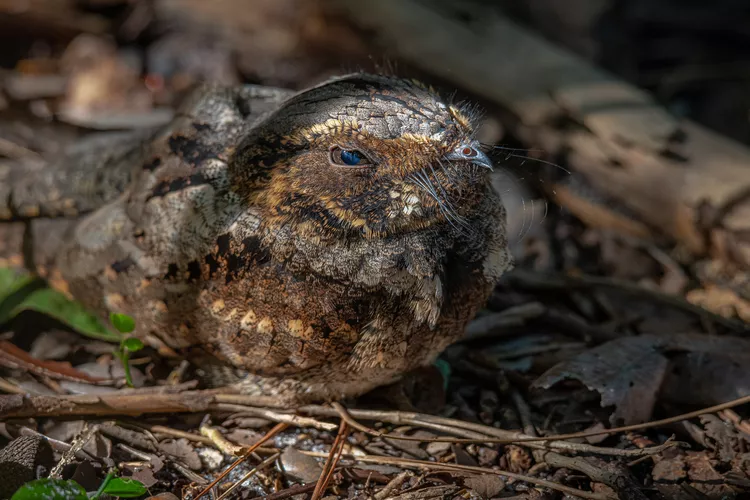
The Eastern Whip-Poor-Will (Antrostomus vociferus) has a call that sounds like its name, "whip-poor-will," which often echoes in the forest on spring and summer nights. They breed in deciduous forests in the eastern United States and southern Canada, hiding in the fallen leaves on the ground during the day and coming out at night to prey on insects.
A study recorded that a male bird made 1,088 consecutive "whip-poor-will" calls during the breeding season without interruption, which can be called the "king of single loops" at night.
4. Great Potoo
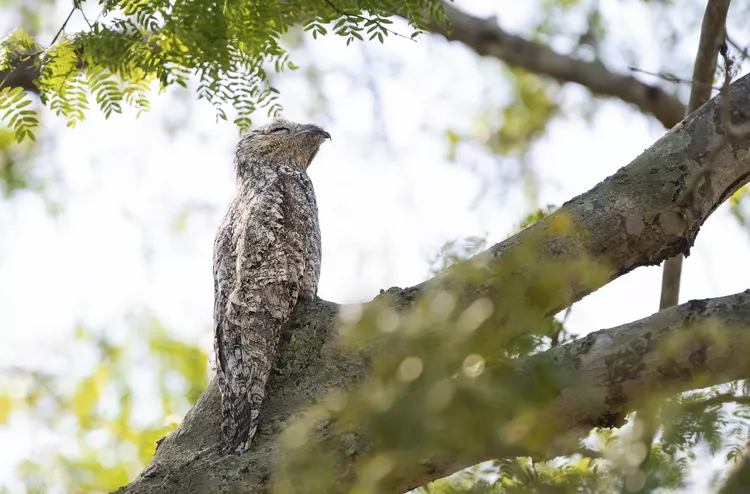
The Great Potoo (Nyctibius grandis), which lives in tropical forests from Mexico to Bolivia, often makes a low, hoarse wail at night, similar to an angry cat. During the day, they disguise themselves as dead branches and are almost unrecognizable.
This bird is most active on bright moonlit nights. Its call is not a "song", but it reflects the mysterious temperament of night birds and is one of the most eerie sounds in tropical nights.
5. European Robin
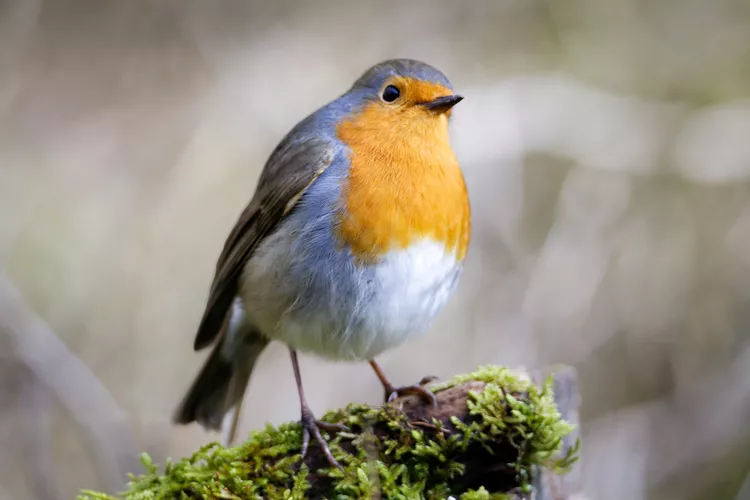
The European Robin (Erithacus rubecula) is not nocturnal, but is active at dawn and dusk, becoming one of the first birds to sing and the last to go silent. The Royal Society for the Protection of Birds points out that the robin is the most common night singer in cities and gardens, and is often mistaken for a nightingale.
Because they are extremely sensitive to light, artificial lighting will interfere with their daily routine, causing them to sing frequently at night. Studies have shown that daytime urban noise is also one of the reasons that prompt them to "sing overtime" at night.
6. Great Reed Warbler

Reed warblers (genus Acrocephalus) often sing at night during the breeding season. Great Reed Warbler (Acrocephalus arundinaceus) is widely distributed in wetlands across Eurasia and winters in Africa. In order to attract females, male birds will sing for 20 seconds to 20 minutes, and their songs can be heard up to 450 meters away.
Although this small insectivorous bird looks ordinary, it is one of the loudest singers in the wetland at night.
7. Black-Crowned Night Heron

Night herons are members of the heron family that focus on foraging at night, and the black-crowned night heron (Nycticorax nycticorax) is one of the representatives. It is distributed in most wetlands around the world, from America to Africa and Eurasia.
Night herons build nests in groups during the day and forage alone at night. Although the calls they make are more like "grunts" or "wa-was" and not like traditional bird songs, they still constitute the "sound background" of wetlands at night.
8. Eurasian Nightjar
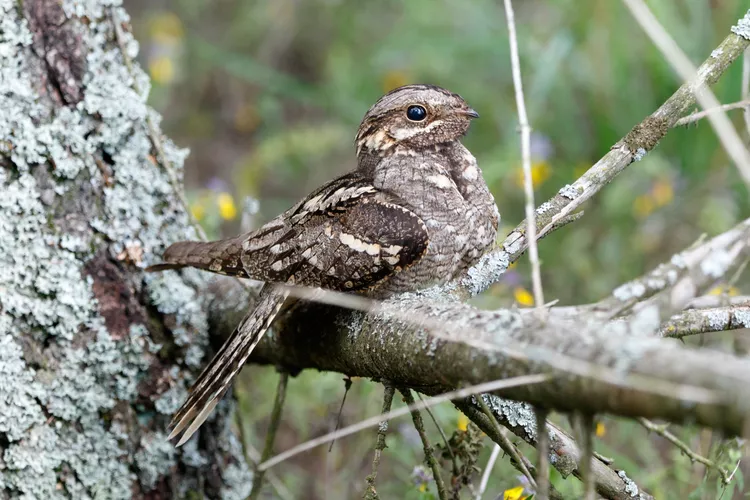
The Eurasian Nightjar (Caprimulgus europaeus) is one of the most iconic singers of summer nights, found across Europe, North Africa and Asia. The male makes a continuous "churring" sound between dusk and dawn that is loud and piercing, with up to 1,900 notes in a minute.
They belong to the order Caprimulgiformes, a name derived from the Roman misconception of "sucking goats" - people once thought that this bird sucked the milk of livestock at night.
9. Black Rail
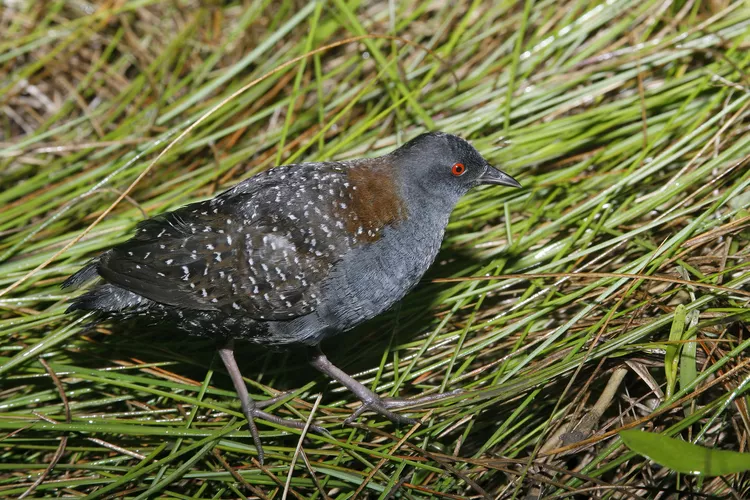
The Black Rail (Laterallus jamaicensis) is a mouse-sized, extremely secretive bird that mainly lives in coastal swamps in the Americas, such as California, the Gulf Coast, the Caribbean, and parts of Chile. They are usually hard to see, but their clear "ki-ki-doo" calls can often be heard at night.
Rails are widely distributed around the world, and many species prefer dense wetland environments. Many of them have unique night calls and are low-key singers in the night.
Why do birds sing at night?

Although birdsong gives people the beauty of "poetic dwelling", it actually carries real functions: courtship, warning or territory declaration. Nocturnal birds are naturally active at night, and diurnal birds have also been "singing at night" more and more frequently in recent years, which is closely related to human activities.
First, light pollution disrupts the circadian rhythm of birds, mistaking it for dawn or dusk;
Second, noise pollution prevents birds from clearly transmitting information during the day, forcing them to "work the night shift";
Third, the singing of night birds may trigger a stress response in diurnal birds, causing them to join the "night chorus".
Want to learn more about the habits and ecological impact of nocturnal birds? Please continue to follow us, we will continue to bring you exciting natural science content and protection suggestions.
animal tags:
We created this article in conjunction with AI technology, then made sure it was fact-checked and edited by a Animals Top editor.